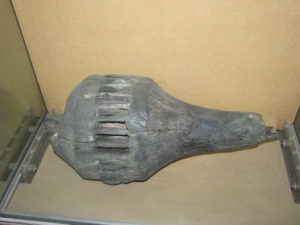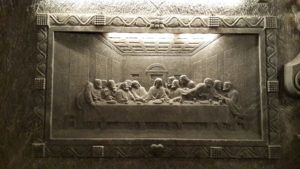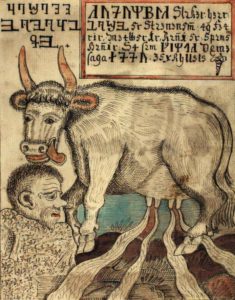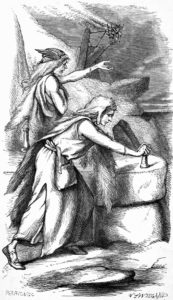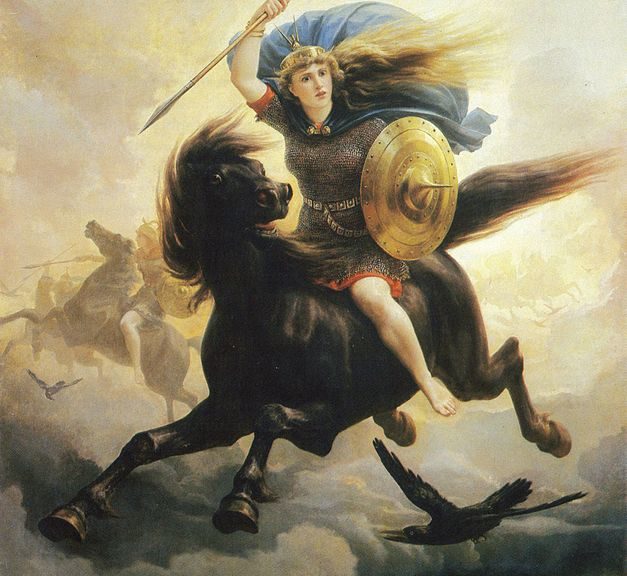Where Did the Runes Come From?
If you’re a Heathen, you probably know the story of how Odin hanged himself for nine days and nights on Yggdrasil and obtained the runes. It’s a great story and one we love telling to explain the overall mystical qualities the runes possess. But, like anything, our stories don’t necessarily tell the whole story of how the runes came into being. So, this piece looks at the runes and how they evolved.
The Havamal and Archetypes
The Havamal describes how Odin sought wisdom by hanging himself on Yggdrasil for nine days and nights. He hanged with a spear stuck through him to earn the runes’ wisdom. For those who follow Christianity, the image is oddly reminiscent of Jesus on the Cross. Think about it: a god sacrifices himself to himself via crucifixion. He is stabbed with a spear. He dies and comes back to life, even before he created the world.
It just shows how the archetypes of ancient legends filter through to today’s most popular religion. The idea of a crucified god isn’t new, nor is the concept of a god dying and being resurrected. But that discussion is for another time. We’re still talking about the runes, here.
Runes in the Havamal
137.
I trow I hung on that windy Tree
nine whole days and nights,
stabbed with a spear, offered to Odin,
myself to mine own self given,
high on that Tree of which none hath heard
from what roots it rises to heaven.
138.
None refreshed me ever with food or drink,
I peered right down in the deep;
crying aloud I lifted the Runes
then back I fell from thence.
139.
Nine mighty songs I learned from the great
son of Bale-thorn, Bestla’s sire;
I drank a measure of the wondrous Mead,
with the Soulstirrer’s drops I was showered.
140.
Ere long I bare fruit, and throve full well,
I grew and waxed in wisdom;
word following word, I found me words,
deed following deed, I wrought deeds.
141.
Hidden Runes shalt thou seek and interpreted signs,
many symbols of might and power,
by the great Singer painted, by the high Powers fashioned,
graved by the Utterer of gods.
142.
For gods graved Odin, for elves graved Daïn,
Dvalin the Dallier for dwarfs,
All-wise for Jötuns, and I, of myself,
graved some for the sons of men.
143.
Dost know how to write, dost know how to read,
dost know how to paint, dost know how to prove,
dost know how to ask, dost know how to offer,
dost know how to send, dost know how to spend?
144.
Better ask for too little than offer too much,
like the gift should be the boon;
better not to send than to overspend.
……..
Thus Odin graved ere the world began;
Then he rose from the deep, and came again.
—Havamal, 137-144, translated by Olive Bray

Where Did the Runes Actually Come From?
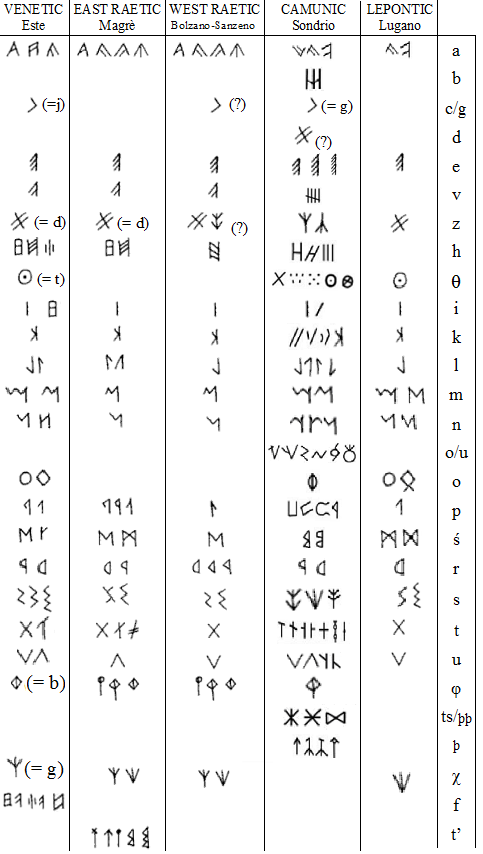 If we look at the runic alphabet from archaeology, we can get a sense for where the runes came from. Even so, it’s sort of a mystery how the runes came into being. We know that the oldest runes, the Elder Futhark, were written as early as 150 AD or CE (Common Era). But whence they came is as interesting as the story in the Havamal. Runes may have be derived from what are called the Old Italic Alphabets, which includes the Raetic and Venetic alphabets. These alphabets may have come from a Proto-Indo-European language and made their appearance as far back as the 700 BC or BCE (Before Common Era). You can see the similarities in the Elder Futhark and the Raetic and Venetic alphabets, if you look closely. Many of the same letters in the runic system are there.
If we look at the runic alphabet from archaeology, we can get a sense for where the runes came from. Even so, it’s sort of a mystery how the runes came into being. We know that the oldest runes, the Elder Futhark, were written as early as 150 AD or CE (Common Era). But whence they came is as interesting as the story in the Havamal. Runes may have be derived from what are called the Old Italic Alphabets, which includes the Raetic and Venetic alphabets. These alphabets may have come from a Proto-Indo-European language and made their appearance as far back as the 700 BC or BCE (Before Common Era). You can see the similarities in the Elder Futhark and the Raetic and Venetic alphabets, if you look closely. Many of the same letters in the runic system are there.
We can assume that the runes and the modern alphabet came from a similar source. The Latin alphabet, the alphabet we use today, was derived from the Etruscan alphabet which had most of the same letters. These letters came over from the Greek language from a Greek colony in Italy, around 600 BCE. There’s a possibility that this alphabet influenced the runic alphabet as well.
There’s also a hypothesis that the runes may have Germanic origins because of the Vimose Inscriptions. These inscriptions are some of the earliest Elder Futhark inscriptions, and they’re written in Proto-Norse. They were found on an island off of Denmark, making a case for West Germanic origins.
Scholars just don’t know the exact origins of the runes, but they can guess given the similarity of the alphabets.
Why the Runes are so Powerful
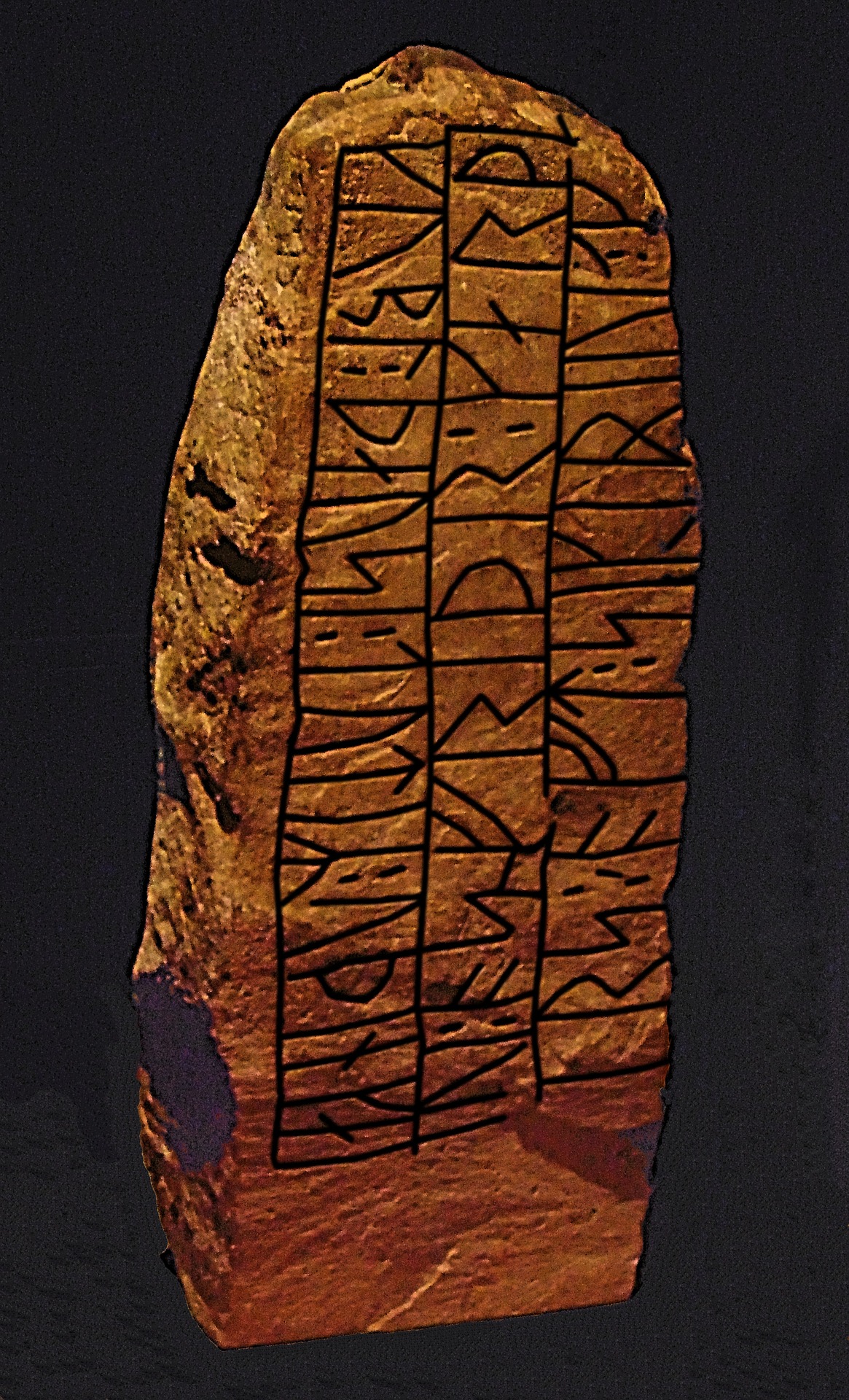 Our ancestors ascribed magical powers to the runes, and it’s not hard to guess why. If you’ve never had a way to keep knowledge available for generations to come other than oral tradition (which had problems with changes over time, and lost information due to untimely deaths), it would seem like magic. Think how magical it would be to have a way for your ancestors to speak to you. Those who could write the runes must have appeared to be very powerful shamans to less learned folk. And those who could read the runes were certainly powerful in knowledge.
Our ancestors ascribed magical powers to the runes, and it’s not hard to guess why. If you’ve never had a way to keep knowledge available for generations to come other than oral tradition (which had problems with changes over time, and lost information due to untimely deaths), it would seem like magic. Think how magical it would be to have a way for your ancestors to speak to you. Those who could write the runes must have appeared to be very powerful shamans to less learned folk. And those who could read the runes were certainly powerful in knowledge.
As the Rational Heathen, I’m not really into the woo-woo stuff. And yet, I do and have done runecastings. I suspect that the runecastings work through your subconscious–that your mind knows what is going on and you’re in touch with it. Your fingers pick out the runes that your subconscious knows well. Perhaps a person who does a runecasting for someone else gets cues that only our subconscious can understand and comes up with a reading that makes sense.
Or, maybe not.
Whether you believe that Odin brought us the runes, or whether you think they evolved from another written language, I hope you enjoyed this post. Let me know what you think and whether I should write more rune posts.
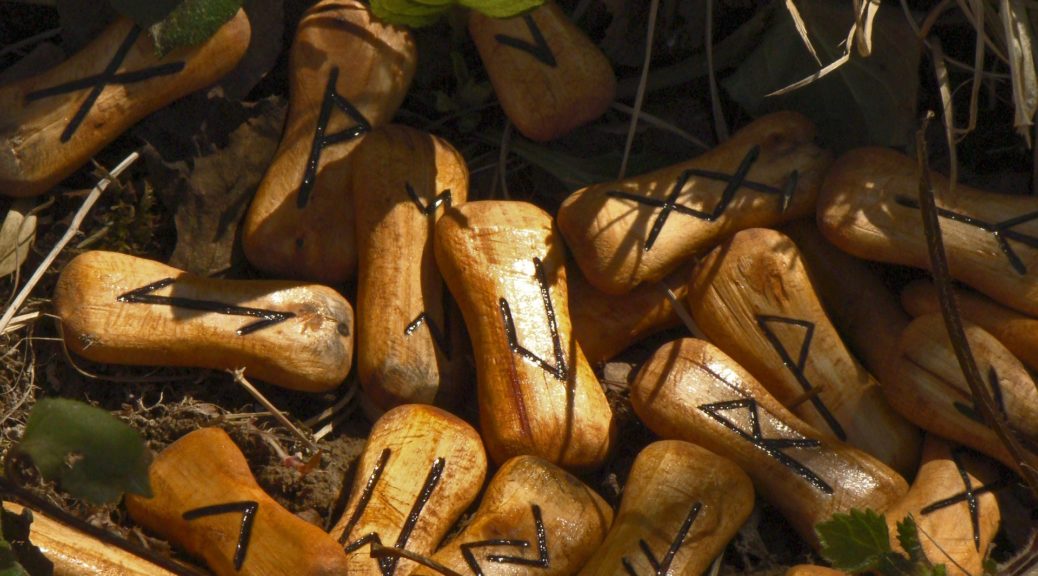
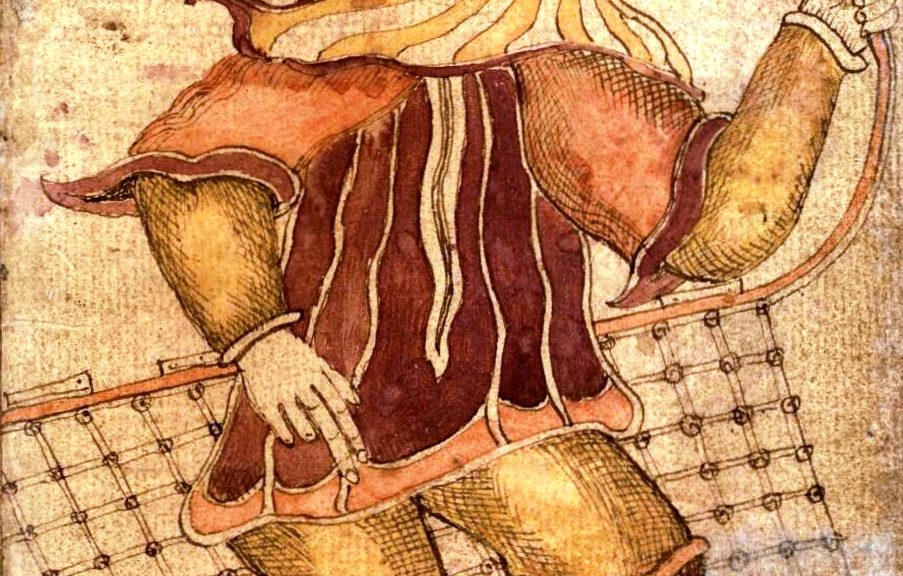
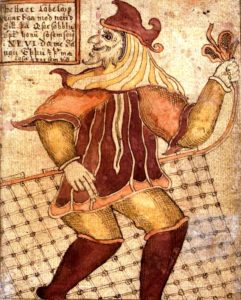 Loki is a bit of an enigma when it comes to the Northern pantheon. No god causes such turmoil among Heathens when it comes to our gods. Did Loki really exist in the pantheon? Was he worshiped? Was he a creation of Snorri? It’s almost as if the trickster intentionally caused this entire debate–which would suit him just fine.
Loki is a bit of an enigma when it comes to the Northern pantheon. No god causes such turmoil among Heathens when it comes to our gods. Did Loki really exist in the pantheon? Was he worshiped? Was he a creation of Snorri? It’s almost as if the trickster intentionally caused this entire debate–which would suit him just fine. 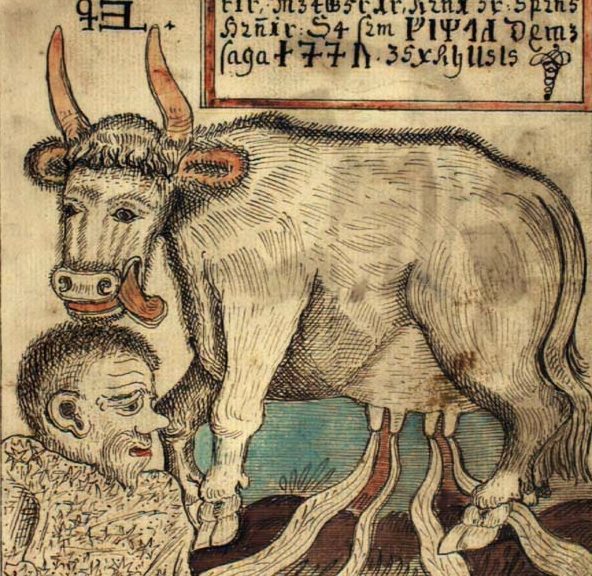
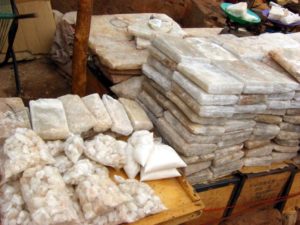 Why Salt was so Important
Why Salt was so Important